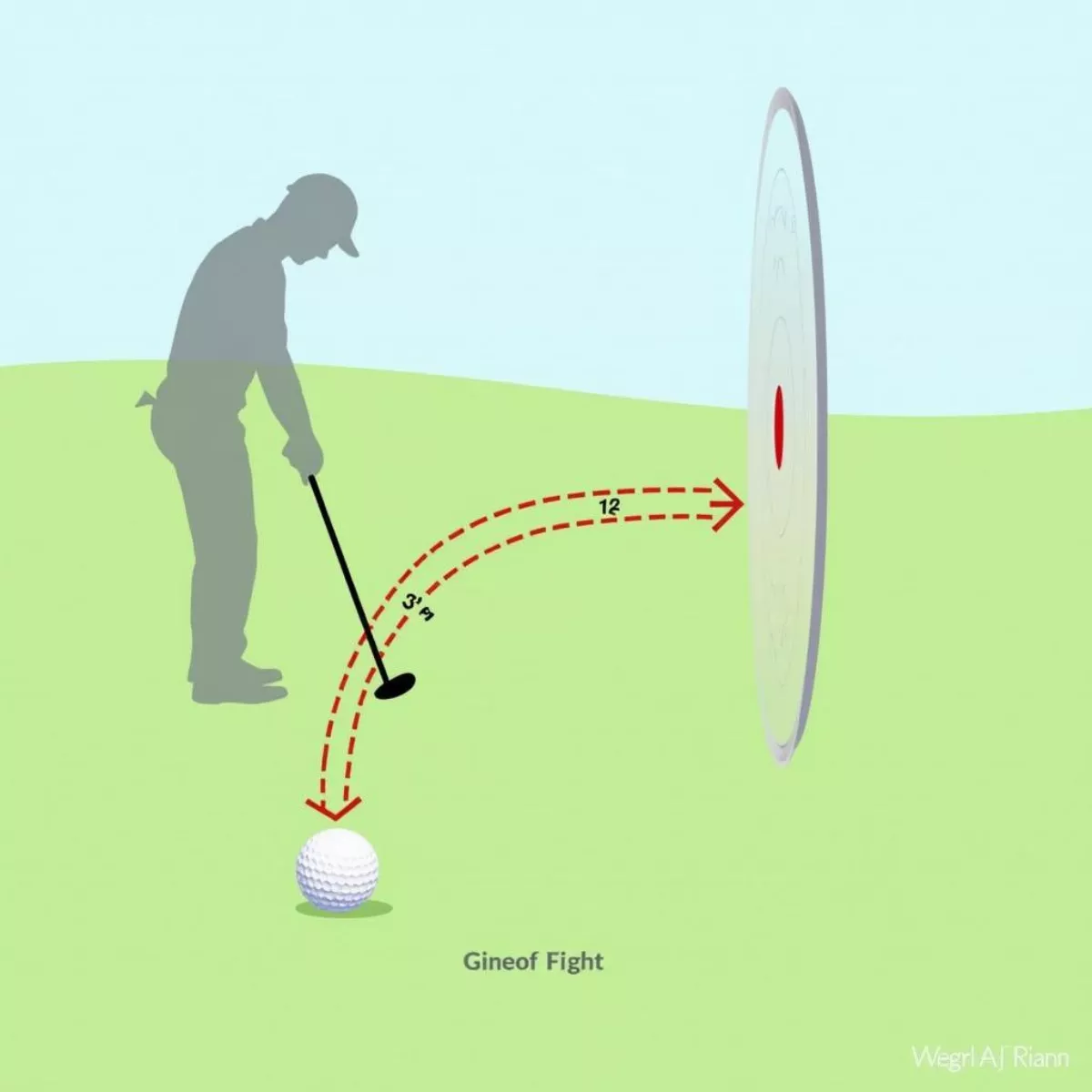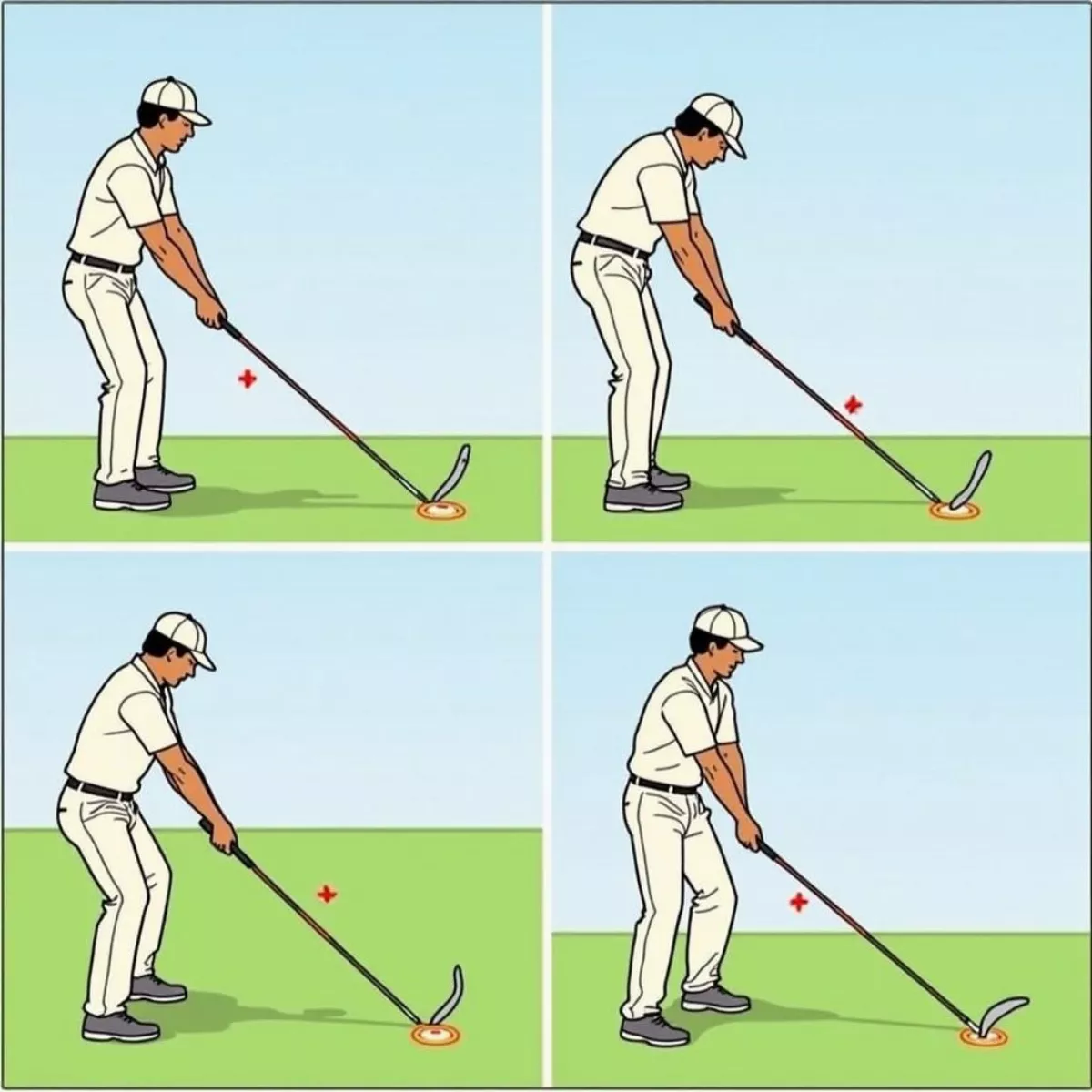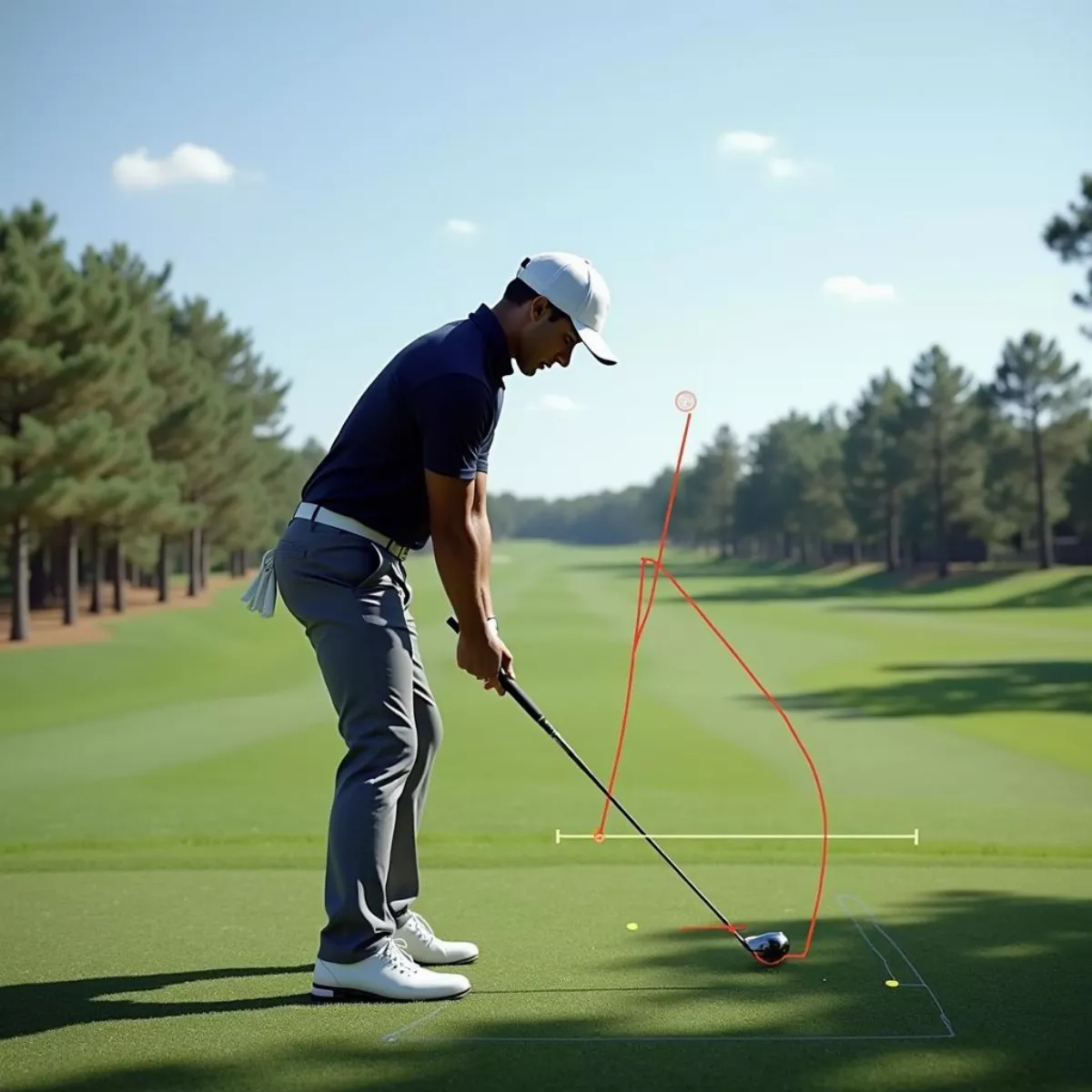Are you tired of watching your golf ball veer off to the right, ruining your scorecard and your mood? If you’ve ever wondered how to fix a slice in golf, you’re not alone. A slice is one of the most common problems faced by golfers from beginners to seasoned players. In this guide, we’ll delve into the causes of a slice and, more importantly, how to fix it. Grab a cup of coffee, settle in, and let’s work on a solution together!
What is a Slice in Golf?
Before we get into the fixes, let’s clarify what a slice actually is. A slice occurs when the ball curves dramatically from left to right for right-handed golfers and right to left for left-handed golfers. This unintended shot shape can lead to serious issues on the course, including hitting the ball into hazards, out of bounds, or into the rough.
Why Do You Slice?
Understanding the causes of a slice is crucial. Here are some of the most common reasons why players slice the ball:
- Open Clubface at Impact: If your clubface is pointing right during impact, the ball will slice.
- Outside-In Swing Path: Swinging from outside to inside can create sidespin that causes a slice.
- Poor Grip: A weak grip can lead to an open clubface.
- Lack of Body Rotation: Failing to rotate your body can result in a compromised swing plane.
 Golf Slice Illustration
Golf Slice Illustration
Now, let’s explore how to address these issues!
How to Fix a Slice in Golf: Step-by-Step
1. Adjust Your Grip
Fixing your grip can be an easy way to start correcting your slice.
- Strengthen Your Grip: Rotate your hands slightly to the right (for right-handed players) on the club. This can help close the clubface at impact.
- Check Your Knuckles: When you grip the club, you should be able to see two to three knuckles on your left hand.
2. Improve Swing Path with the Right Set-Up
Your setup might need tweaking to correct your swing path.
- Alignment: Make sure your feet, hips, and shoulders are aligned with your target. Aim slightly left of your intended target to compensate for slicing.
- Ball Position: Place the ball slightly forward in your stance. Keeping the ball more toward your left foot can promote an inside-out swing path.
3. Practice the Inside-Out Swing
The inside-out swing is often the key to correcting a slice.
- Feel the Different Path: When practicing, swing the club along your body line rather than outward.
- Drills: Set up an object (like a head cover or a tee) outside the ball’s line to encourage your club to come from the inside. Swing towards that object instead of the target.
 Golfer Performing an Inside-Out Swing
Golfer Performing an Inside-Out Swing
4. Focus on Body Rotation
Engaging your body rotation can help deliver a more accurate and powerful swing.
- Use Your Hips: Focus on initiating your downswing with your hips, not your arms. This helps keep the club on the right path.
- Follow-Through: Ensure you complete your swing nicely, letting your hips turn towards the target.
5. Work on Your Clubface Angle
Managing the clubface angle at impact is essential to eliminate a slice.
- Check Your Equipment: Sometimes, switching to a driver with a more closed face can help.
- Impact Position Drills: Practice hitting swings that keep the clubface square or slightly closed at impact.
6. Make Use of Technology
If you’re serious about fixing your slice, consider leveraging modern technologies.
- Launch Monitors: They provide detailed feedback on your swing path, club speed, and face angle.
- Swing Analysis Apps: Use mobile applications to analyze your swing and provide corrective suggestions.
 Golf Swing Analysis App Screenshot
Golf Swing Analysis App Screenshot
7. Seek Professional Help
If you cannot shake your slice, it might be time to get a professional lesson.
- Find a Local Pro: They can provide personalized feedback and targeted drills to fit your unique swing tendencies.
- Group Clinics: These can often be more affordable and provide camaraderie while learning.
Common Myths about Slicing
There are many misconceptions about fixing slices. Let’s debunk a few:
- Myth: You Need to Hit Harder: Over-trying often leads to more slices. Focus on technique.
- Myth: Slices Are Just Part of Golf: Many golfers don’t need to accept a slice. Most can be fixed with practice.
Key Takeaways
- Grip and setup can significantly impact your slice.
- The inside-out swing path is your friend!
- Make sure to engage your body rotation for a more powerful hit.
- Professional lessons can offer guidance tailored to your specific challenges.
FAQs About Fixing a Slice in Golf
1. What causes my slice?
Your slice is often caused by an open clubface at impact and an outside-in swing path.
2. Can equipment cause a slice?
Yes, the type of club you’re using can affect your slice. A driver with a closed face may help.
3. Will changing my grip help?
Absolutely! A stronger grip can help square the clubface at impact.
4. What drills should I use to fix my slice?
Focus on inside-out swing drills, body rotation practice, and alignment checks.
5. Is it possible to completely eliminate a slice?
Yes! While it may take time and practice, most golfers can fix their slice.
6. How can I tell if I’m slicing?
If your ball consistently travels right (for right-handers) or left (for left-handers) after contact, you likely have a slice.
7. Do I need professional help to fix my slice?
While not always necessary, a few lessons from a golf pro can help speed up your improvement.
8. Can a slice affect my game?
Yes, a slice can lead to poor scores and frustration on the course.
9. What if I still slice after making changes?
Be patient; adjustments take time. Consider seeking feedback from a golf instructor.
10. Is a draw better than a fade?
Both can be effective; it all comes down to individual preference. Learning how to hit a draw can be beneficial if you’re trying to correct a slice.
By focusing on correcting your grip, swing path, and body mechanics, you can move from slicing the ball to hitting great shots down the fairway. So, go out there, practice these tips, and enjoy the game of golf—good luck, and happy golfing!